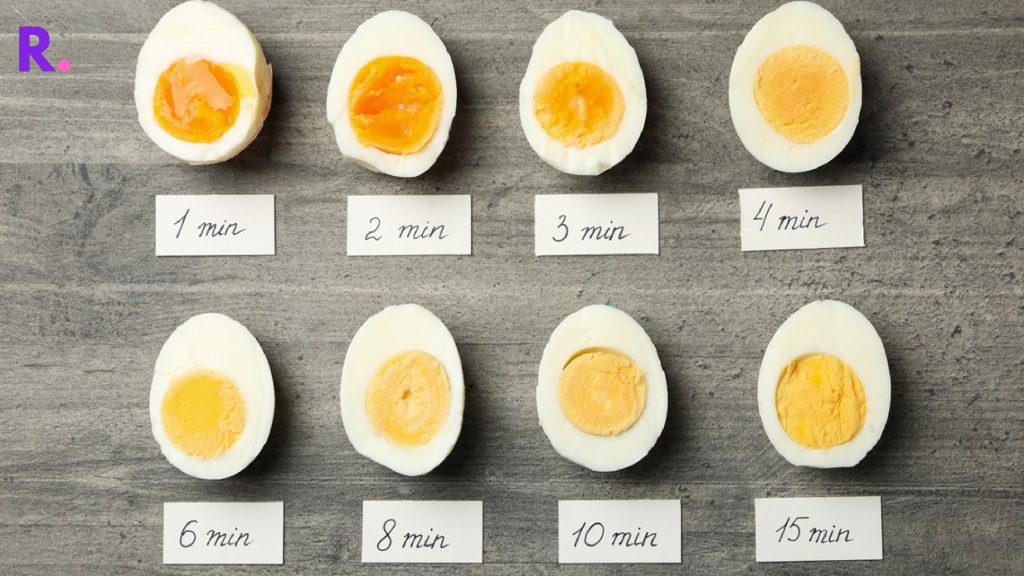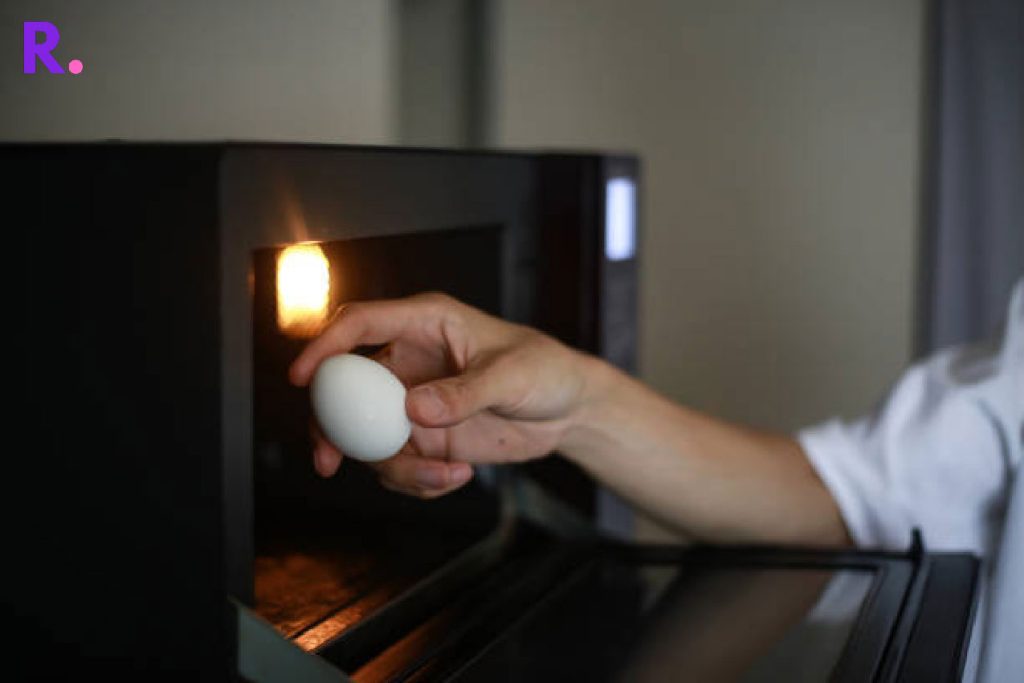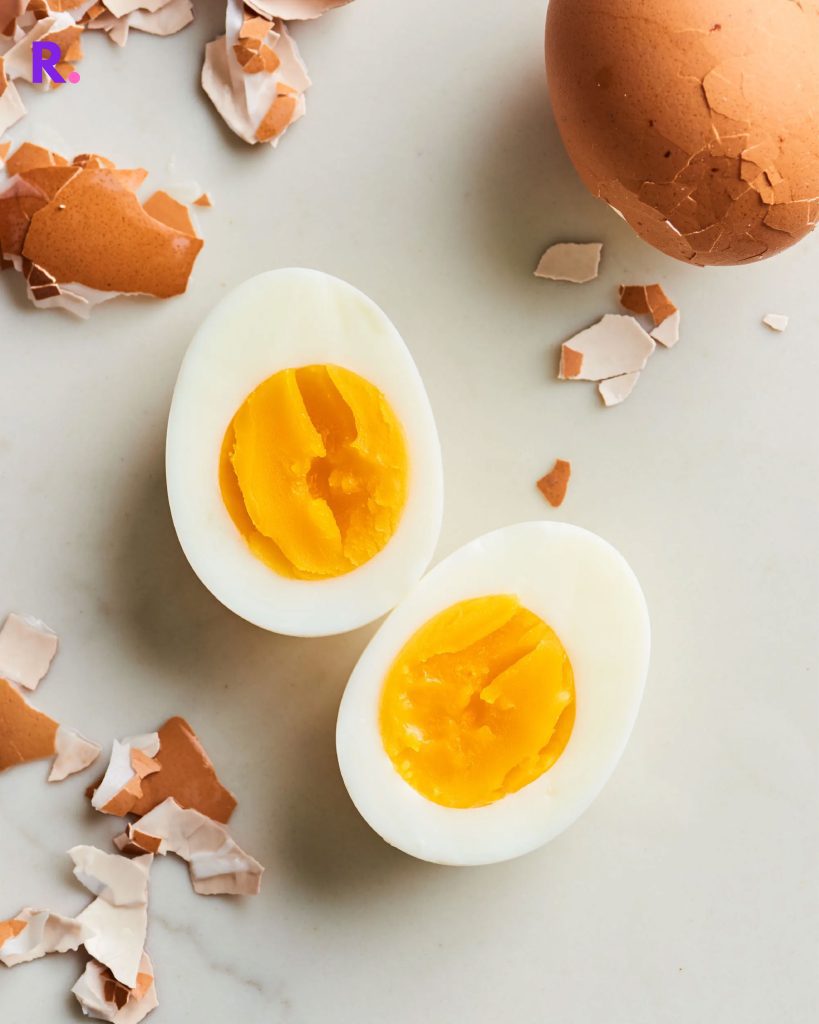In the world of cooking, boil an egg may seem like a simple operation, but making the ideal hard-boiled egg may be a tricky art form to master. This Best Remedies will bring you through the steps to learn the art of boiling an egg so that it turns out flawlessly every time, regardless of whether you like your eggs hard-boiled, soft-boiled, or anywhere in between.
Although boiling an egg may appear to be a straightforward process, it can be difficult to get the egg to have a yolk that is just the right consistency while still maintaining a solid white. With the help of this detailed tutorial, you will be able to boil eggs to perfection every time. We will take you by the hand and lead you through each stage of the procedure.
Choosing the Right Eggs
To begin your quest for the ideal hard-boiled egg, you will first need to select the eggs that you will use. Because of the importance of freshness, choose eggs that have not been stored for too long. When it comes to peeling an egg after it has been boiled, the fresher the egg, the better.
Equipment You’ll Need
Before you start boiling your eggs, gather the necessary equipment:
- A saucepan
- Eggs
- Water
- A slotted spoon
- A timer
Preparing the Eggs
Make sure the eggs you intend to put in the saucepan are at room temperature before you put them in the pan. When cold eggs are dropped into water that is too hot, the eggs can crack. You should remove them from the refrigerator around fifteen minutes before you intend to begin cooking them.
The Boiling Process
Put in as much water as is necessary to completely submerge the eggs in the saucepan. Place the eggs carefully into the cool water, making sure there is enough space between each egg. Cooking might become uneven when there are too many people in a space.

Timing is Key
For soft-boiled eggs, boil for 4-5 minutes for a runny yolk and 6-7 minutes for a slightly firmer yolk.
For hard-boiled eggs, boil for 9–12 minutes for a fully set yolk.
| Boiling Time | Egg Yolks | Egg Whites |
| 2-3 | Soft, runny | soft and runny |
| 6-8 | Soft and set | Firm |
| 10-12 | Completely set | Completely set |
Cooling and Peeling
Immediately after the allotted amount of time has elapsed for the eggs to boil, place them in a dish filled with ice water. The cooking process is halted, and the peeling is made much simpler as a result. Before peeling the eggs, you should first release the shell by tapping the eggs on a hard surface and rolling the eggs.
Serving Your Perfectly Boiled Eggs
Now that you have accomplished the ideal hard-boiled egg, it is time to take pleasure in the product of your labor. You may use them to make deviled eggs, add them to salads, or serve them as a snack with some salt and pepper sprinkled on top.
You can read the science behind boiled eggs here.
Variations to Try
Explore the world of boiled eggs by making them in a variety of unique styles, such as marbled eggs, soy sauce eggs, or ramen eggs. You can take your egg-boiling skills to the next level by giving these tasty variations a shot.
You might need a little bit of experience before you can boil an egg to perfection, but if you use the appropriate technique, you can reliably produce eggs that are fully cooked. This guide has you covered, regardless of whether you want your eggs soft- or hard-boiled.
You can visit our Egg diet PDF here for quick weight loss.

How to Soft Boil an Egg in the Microwave
Microwaves are present in every home but their use can be tricky sometimes. The best remedies will tell you how to soft boil an egg in microwave.
Microwave Cooking Steps
Step 1: Egg and Water
Put the egg you’ve chosen into a bowl that can go in the microwave. Put in as much water as is necessary to completely submerge the egg in the bowl.
Step 2: Covering
Cover the bowl with a plate that can be heated in the microwave. This will assist in the creation of steam, which is necessary for evenly frying the egg.
Step 3: Microwave
Put the bowl in the microwave and adjust the power level to the middle setting. Cook the egg for a minute and a half.
Step 4: Check the Yolk
After the first fifty seconds, remove the bowl from the microwave and place it on a safe surface. Make a small hole in the center of the egg yolk with a spoon. In the event that it is not cooked to the amount of doneness that you prefer, continue microwaving it in increments of 10 seconds until you attain the required level of consistency.
Adjusting Cooking Time
- For a runny yolk: Cook for around 50 seconds.
- For a slightly thicker yolk: Cook for an additional 10-20 seconds.
- For a firmer yolk: Continue cooking in 10-second intervals until you reach your preferred consistency.

Safety Precautions
When removing the bowl and plate from the microwave, make sure to do it with caution because they can become very hot. To protect yourself from burns, use oven mitts or a cloth.
Serving Your Microwave-Soft-Boiled Egg
When you have an egg that is perfectly cooked through but still slightly runny, remove it from the bowl, season it with salt and pepper (if you want), and serve it right away.
Tips for Perfection
Experiment with different cooking periods to get the yolk to the consistency you like best.
Cover the bowl with a plate that can be heated in the microwave, creating a steamy environment that promotes even cooking.
When handling bowls and plates that are hot, exercise caution.











